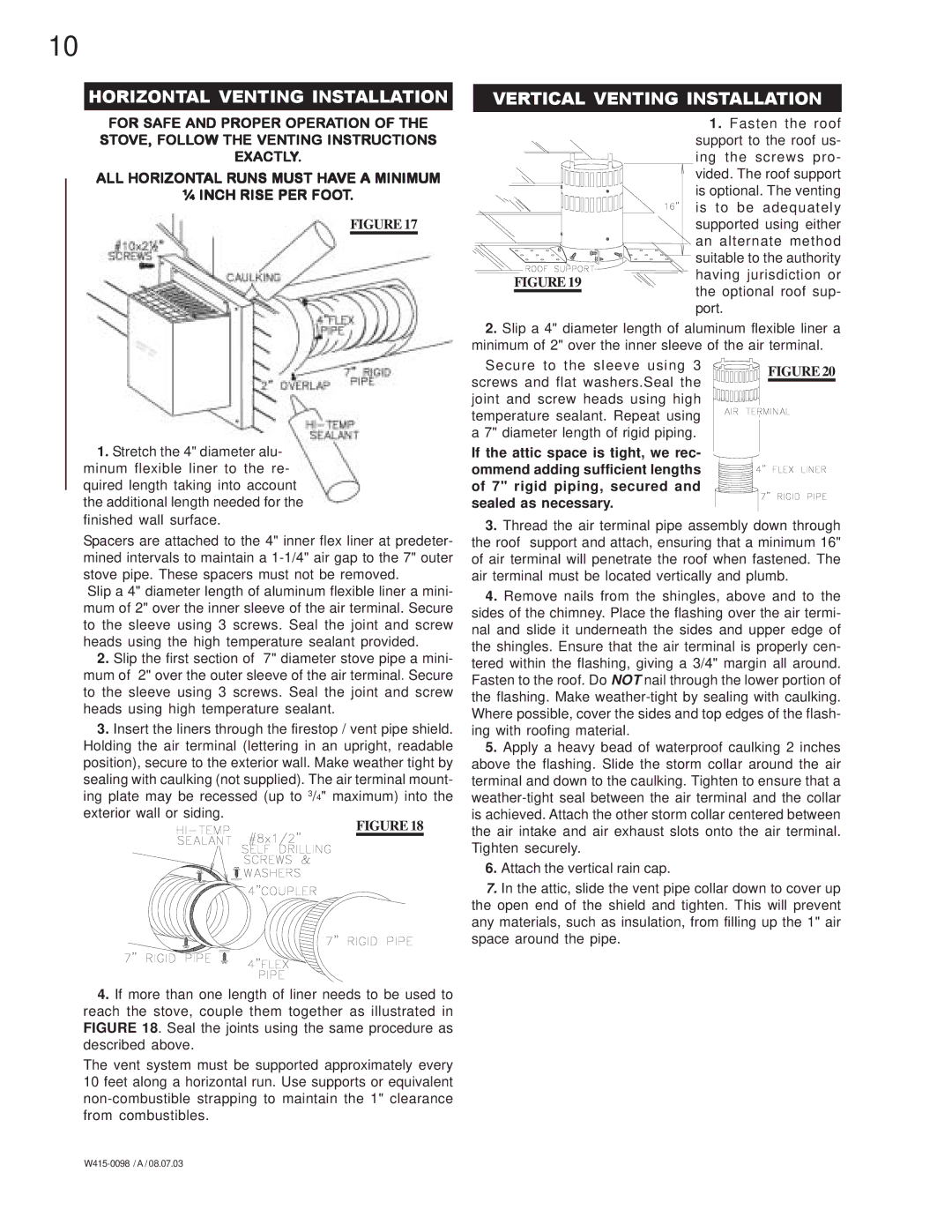GS 50-P, GDS 50-N, GDS 50-P, GS 50-N specifications
Napoleon Grills offers a remarkable line of outdoor cooking appliances, including the GS 50-N, GDS 50-P, GDS 50-N, and GS 50-P models. These premium gas grills are designed to elevate outdoor cooking experiences, ensuring that every meal cooked is a memorable one.The GS 50-N model features a large cooking surface, allowing ample space for grilling multiple foods simultaneously. Its stainless steel construction not only enhances durability but also adds a polished, modern aesthetic to outdoor spaces. The Napoleon GS 50-N is equipped with multiple burners, each providing consistent heat distribution for perfectly cooked meals every time.
On the other hand, the GDS 50-P model stands out due to its innovative design and advanced features. Its infrared burner technology allows for high-temperature grilling, perfect for searing meats and achieving restaurant-quality results. With easy-to-use ignition systems, the grill lights quickly, so users can start cooking without hassle.
The GDS 50-N is another excellent addition to Napoleon's grilling lineup. It features a unique modular design, catering to various cooking styles and techniques. From grilling to smoking, this model's versatility allows users to experiment with different flavors and preparations. Its built-in temperature gauge ensures that cooks can monitor heat levels effortlessly.
The GS 50-P combines style and functionality. Its sleek exterior is complemented by cutting-edge features like Napoleon's patented wave cooking grids, which provide even heat retention and prevent smaller foods from falling through the grates. Moreover, each grill arm boasts side shelves for additional workspace, perfect for meal prep or serving.
Safety is also a consideration with these grills. Each model is designed with features such as flame tamers to protect burners from drippings, which can lead to flare-ups. The grease management system simplifies cleanup, allowing users to focus more on cooking rather than maintenance.
Napoleon’s commitment to quality extends to the warranty offered on these models. Users can feel confident in their purchase, knowing they are covered in the event of manufacturing defects.
In conclusion, the GS 50-N, GDS 50-P, GDS 50-N, and GS 50-P from Napoleon Grills represent the pinnacle of outdoor cooking technology, offering features designed to enhance the grilling experience. From durability and safety to innovative designs and advanced cooking options, Napoleon Grills remains a top choice for barbecue enthusiasts and outdoor chefs alike.

